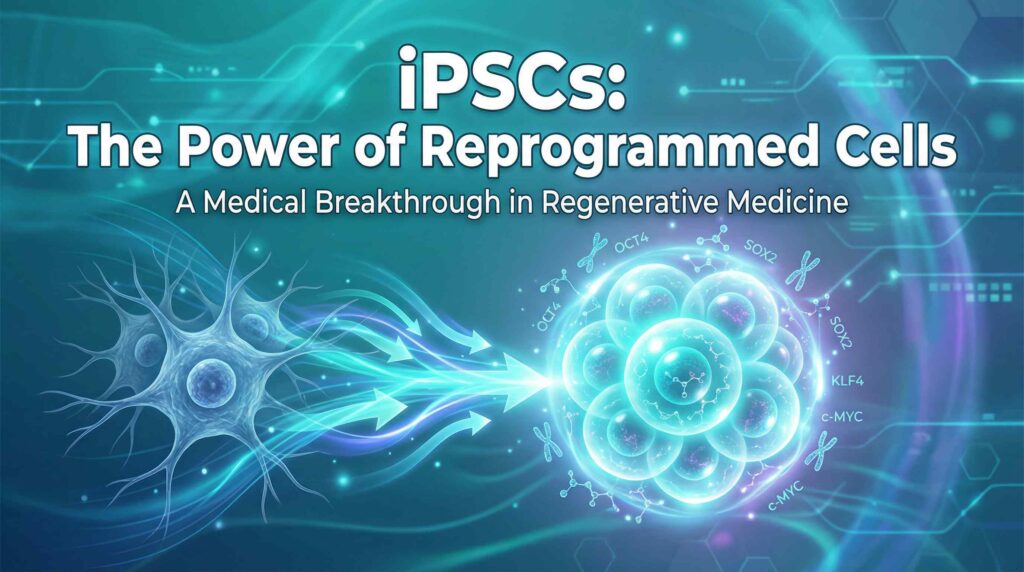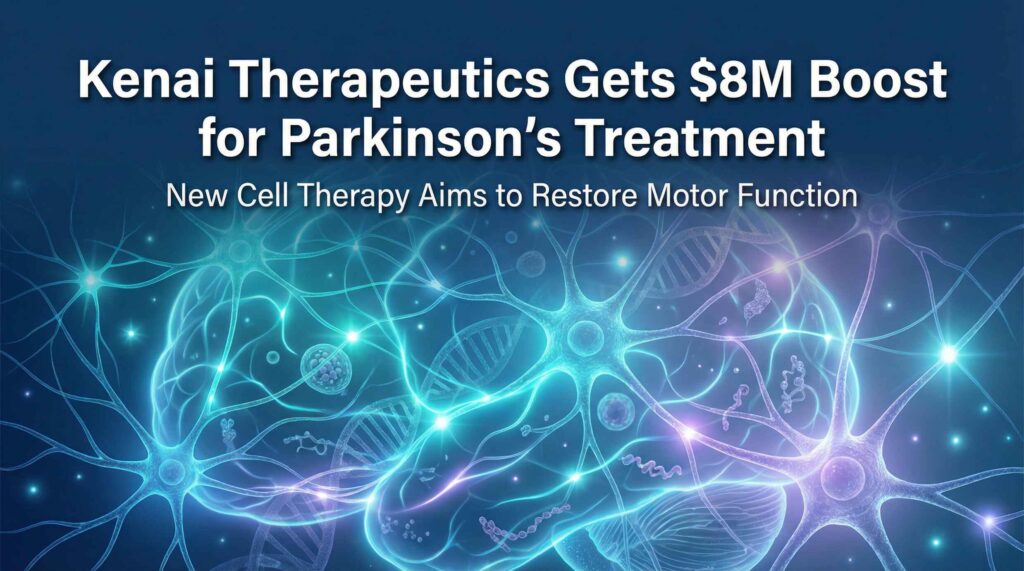In the quest to conquer heart diseases, the blend of cardiac tissue engineering and stem cell technology is emerging as a beacon of hope. Here, we delve into this exciting realm where science fiction is turning into reality. Our journey will uncover how stem cells are revolutionizing our approach to repairing and regenerating damaged heart tissue.
The Essence of Cardiac Tissue Engineering
Cardiac tissue engineering is a groundbreaking field that merges cellular biology, engineering, and materials science to engineer cardiac tissues. This innovative approach aims to create functional heart tissue that can mimic, repair, or replace damaged parts of the heart.
The Role of Stem Cells in Cardiology
Stem cells, particularly pluripotent stem cells and embryonic stem cells, hold immense potential in regenerating damaged cardiac tissues. Their unique ability to transform into various types of cardiac cells – such as cardiac myocytes, endothelial cells, and even cardiac patches – is central to this endeavor.
Objectives of the Article
This article aims to provide a comprehensive overview of the current state and future potential of using stem cells in cardiac tissue engineering. We target readers who are keen on understanding how stem cell research could transform the treatment of cardiovascular diseases, bringing new hope to millions affected worldwide.
Understanding Stem Cells
Stem cells are nature’s own builders and repairers. Imagine them as the construction workers of the human body, with the remarkable ability to become almost any type of cell, including those in the heart.
Definition and Types of Stem Cells
Stem cells are unique in their ability to divide and develop into different cell types. They range from embryonic stem cells, which can turn into any cell type, to more specialized ones like mesenchymal stem cells.
| Stem Cell Type | Characteristics | Potential Uses |
|---|---|---|
| Embryonic Stem Cells | Can become any cell type | Broad therapeutic applications |
| Pluripotent Stem Cells | Similar to embryonic, but can be created from adult cells | Avoids ethical issues |
| Mesenchymal Stem Cells | Found in bone marrow, can become bone, muscle, etc. | Tissue repair and immunomodulation |
Sources of Stem Cells for Cardiac Therapy
Stem cells for heart therapy can come from various sources, each with its own advantages. Embryonic stem cells are often used due to their versatility, while induced pluripotent stem cells (iPSCs), derived from adult cells, offer a patient-specific approach.
Mechanisms of Stem Cell Differentiation into Cardiac Tissues
The journey from a stem cell to a cardiac cell is like a tree branching out. Pluripotent stem cells can be guided to become cardiac myocytes or other heart cells through specific growth factors and environmental conditions.
Advances in Cardiac Tissue Engineering
Recent years have witnessed remarkable strides in cardiac tissue engineering, blending the promise of stem cells with innovative engineering techniques.
Overview of Recent Breakthroughs
Cardiac tissue engineering has seen significant advancements, from creating engineered heart tissue to developing cardiac patches for damaged hearts. These innovations are not just theoretical; they are moving towards clinical application.
Case Studies and Experimental Results
Several experimental studies have showcased the potential of engineered heart tissues. For instance, human-induced pluripotent stem cells have been used to create cardiac patches that successfully integrate with the host heart tissue, improving overall cardiac function.
Techniques Used in Tissue Engineering
Modern tissue engineering employs various techniques like 3D printing and bioreactors to create more complex and functional heart tissues. These technologies allow for the creation of tissues that closely mimic the natural heart structure and function.
Stem Cells in Cardiovascular Disease Treatment
Stem cells are not just a tool for research; they are becoming a practical solution for treating heart diseases.
Role of Stem Cells in Heart Disease Management
Stem cells offer a novel approach to managing heart conditions, especially in the realm of regenerative medicine. Their ability to regenerate damaged tissues holds great promise for conditions like heart failure and myocardial infarction.
Potential in Treating Specific Conditions
Stem cells have shown potential in treating specific heart conditions. For example, in heart failure, cardiac stem cells can be used to regenerate weakened heart muscle, while in cases of myocardial infarction, they can help repair the damage caused by a heart attack.
Comparative Analysis with Traditional Treatment Methods
Compared to traditional treatments like surgery or medication, stem cell therapies offer a more regenerative approach, potentially reversing damage rather than just managing symptoms.
Challenges and Ethical Considerations
The path to integrating stem cells in cardiac tissue engineering isn’t without its hurdles. Understanding and overcoming these challenges is crucial for the future of this field.
Technical Hurdles in Stem Cell Therapy
One of the main challenges is ensuring the safety and efficacy of stem cell-derived cardiac tissues. Issues like immune rejection, long-term stability, and integration with existing heart tissue are key concerns.
Ethical Debates and Regulatory Frameworks
Embryonic stem cells, despite their potential, come with ethical concerns related to their source. This has led to strict regulatory frameworks governing their use. Induced pluripotent stem cells, derived from adult cells, offer a more ethically acceptable alternative.
Strategies for Overcoming Challenges
Advances in cell culture techniques and genetic engineering are helping to address some of these challenges. Additionally, developing standardized protocols and working closely with regulatory bodies ensures that the field progresses ethically and safely.
Future Perspectives
Looking ahead, the future of cardiac tissue engineering using stem cells seems bright but is filled with both challenges and opportunities.
Emerging Trends in Cardiac Tissue Engineering
Innovations like 3D bioprinting and tissue spheroids are pushing the boundaries of what can be achieved. These technologies allow for the creation of more complex and functional cardiac tissues.
Predictions for Clinical Applications
In the near future, we could see engineered heart tissues being used more widely in clinical settings, not just as a treatment for heart diseases but also as a platform for drug testing and disease modeling.
Potential Impact on Global Health
The widespread adoption of these technologies could significantly reduce the burden of heart diseases globally. By providing more effective and personalized treatment options, cardiac tissue engineering could transform the landscape of cardiovascular health care.
FAQ
Q: What is cardiac tissue engineering with stem cells?
A: Cardiac tissue engineering is a field that focuses on creating functional cardiac tissue using stem cells to repair damaged heart muscle or treat cardiac diseases.
Q: How do stem cells help in cardiac tissue engineering?
A: Stem cells have the ability to differentiate into cardiac muscle cells, making them a promising tool for generating new cardiac tissue for regenerative medicine purposes.
Q: What are the applications of tissue engineering in cardiac health?
A: Tissue engineering is used to develop cardiac tissue constructs, improve cardiac function, and aid in cardiac regeneration for patients with heart diseases.
Q: What are the key terms related to engineering cardiac tissue with stem cells?
A: The terms include cardiac repair, human embryonic stem cells, cardiac regeneration, tissue engineering applications, and more.
Q: What are the benefits of using stem cells for cardiac tissue engineering?
A: Stem cells offer the potential to create functional cardiac tissue constructs that can integrate into the heart, potentially improving cardiac function and tissue regeneration.
Q: Are there specific types of stem cells used in engineering cardiac tissue?
A: Yes, human pluripotent stem cells, including human induced pluripotent stem cells and human embryonic stem cells, are commonly utilized in cardiac tissue engineering.
Q: How do engineered cardiac tissues contribute to regenerative medicine?
A: Engineered cardiac tissues can provide a platform for studying cardiac diseases, drug testing, and potentially serve as grafts for restoring damaged heart tissue.
Q: What role do cardiac progenitor cells play in tissue engineering applications?
A: Cardiac progenitor cells are being investigated for their potential in generating functional cardiac tissue constructs and aiding in myocardial tissue regeneration.
Q: Can tissue engineering and regenerative medicine revolutionize heart health?
A: Yes, the field holds promise for developing innovative strategies to address cardiac diseases and create new opportunities for cardiac repair and regeneration.
Q: How do stem cell-derived cardiomyocytes contribute to cardiac tissue engineering?
A: Stem cell-derived cardiomyocytes can be used to create pulsatile cardiac tissue grafts, offering a potential solution for repairing damaged heart muscle using cells derived from human pluripotent stem cells.
Conclusion
In summary, the fusion of cardiac tissue engineering and stem cell technology represents a significant leap forward in our fight against heart diseases. We’ve explored the potential, the challenges, and the future of this exciting field.
Recap of Key Insights
- Stem cells offer unprecedented potential in regenerating damaged cardiac tissues.
- Cardiac tissue engineering is advancing rapidly, with clinical applications on the horizon.
- Ethical and technical challenges remain, but ongoing research and innovation are paving the way for solutions.
Implications for the Future of Cardiology and Stem Cell Research
The advancements in this field are not just a win for cardiology but also represent a major stride in stem cell research and regenerative medicine. The possibilities for treating and understanding heart diseases are expanding, opening new avenues for health care innovation.
Final Thoughts on the Potential of Cardiac Tissue Engineering with Stem Cells
As we stand at the crossroads of biology and technology, the potential of cardiac tissue engineering using stem cells is immense. It’s a field that’s not just about healing hearts but also about reshaping the future of medicine.
References:
- “Next generation of heart regenerative therapies: progress and prospects” from Nature. This review highlights recent progress in cardiac stem cell bioengineering, focusing on the requirements for designing clinically relevant human cardiac tissues. Read here
- “Cardiac Tissues From Stem Cells: New Routes to Maturation and Cardiac Regeneration” from PubMed. This article discusses recent tissue engineering approaches and new insights into the interaction between noncardiomyocytes and cardiomyocytes, addressing issues like cardiomyocyte immaturity and the challenge of replicating adult heart characteristics. Read here
- “Cardiac tissue engineering: current state-of-the-art materials, cells, and approaches” from NCBI. This resource details the main approaches of cardiac tissue engineering, focusing on creating cardiac grafts for regenerating tissue and giving rise to fully functional hearts without causing side effects like immunogenicity. Read here


